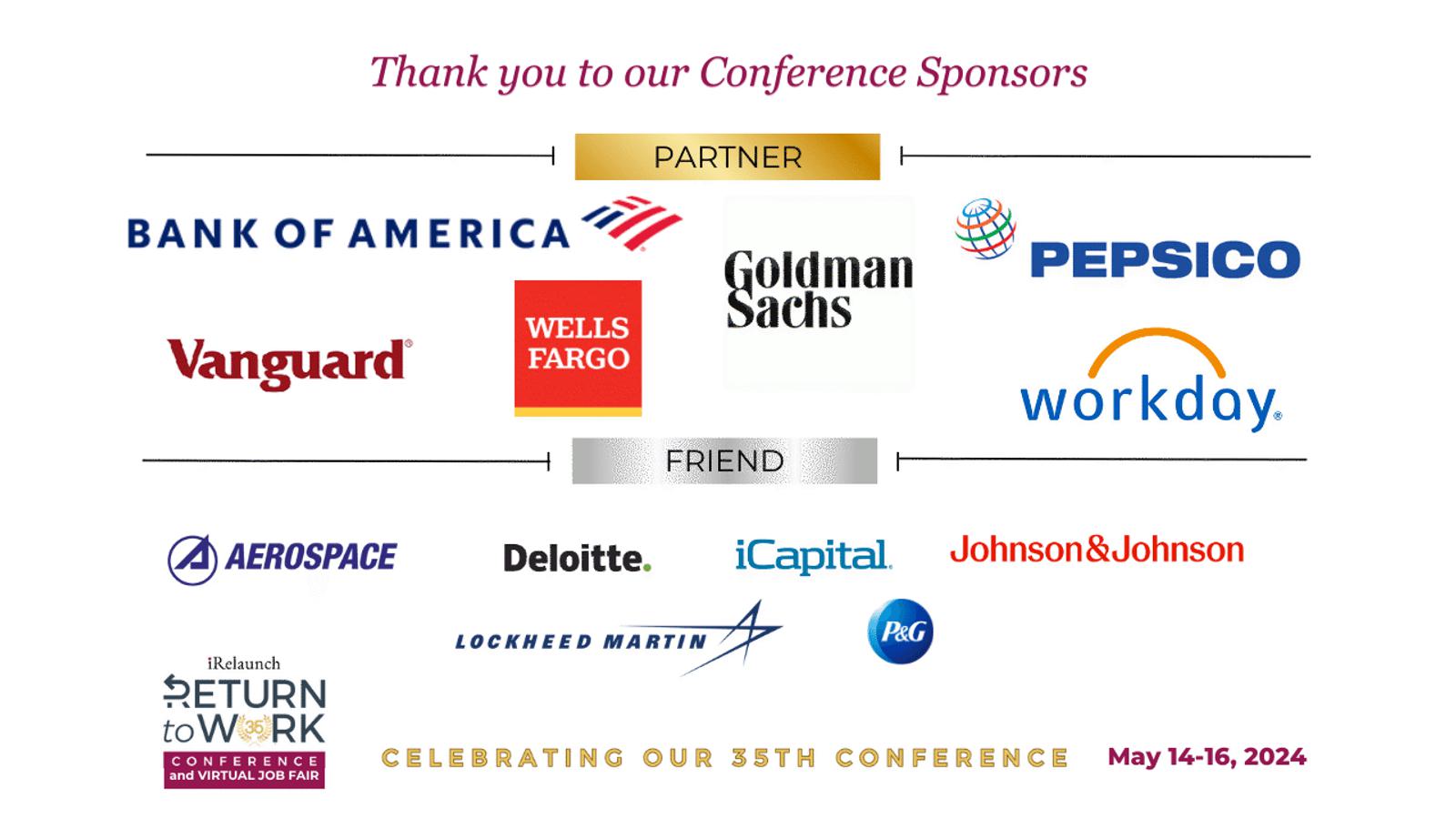Instead of giving up on returnships, consider trying to develop your
own. It may be worth it: Returnships are highly valuable opportunities
for relaunchers. Running approximately three to twelve months, these
programs provide structured platforms for getting back into the paid
workforce after a career break. Many employers offer skills training or
re-training, networking opportunities, coaching, mentoring and/or other
forms of support as part of their returnships. While most are available
through large employers, small or mid-size employers could be open to
the idea but haven’t yet had the need or occasion to develop them. You
can change that!
If this sounds appealing but you have no idea how to begin, let’s
walk through some possible steps for building your own returnship
opportunity through the experience of Denise. She’s a fictitious
relauncher from Wellsworth, Missouri, where the nearest corporate
returnship program is at a company located two hours away, and not even
in her area of interest. Denise had spent over one year trying to
relaunch by applying to job postings and networking, but her ten-year
career gap and lack of formal experience in her targeted area seemed to
be an insurmountable obstacle. She knew that if she could just get a
foot in the door and prove herself, she would be able to land a job.
Get clarity on what you want to do.
You can’t develop a returnship for yourself if you don’t know what
you want to do. Before approaching an employer about creating one, be
prepared to communicate your area(s) of specific interest and how you
could potentially fit within their organizational structure.
As a former financial services compliance attorney, Denise knew that
she didn’t want to return to that area. Instead, she wanted to work in
higher ed administration, preferably in athletics. She’d loved helping
her two sons navigate the Division I recruitment process for baseball
and soccer, and she’d fundraised and served as an alumna interviewer for
her undergrad alma mater. Also, while working as an attorney earlier in
her career, she frequently mentored recent grads from her law school
through its career services office. Denise loved the higher ed
environment and knew it was where she wanted to relaunch.
Leverage warm contacts to approach a targeted employer about returnships.
Phoning or sending a cold email to an employer to ask for a
returnship is not the best approach. Instead, use warm connections to
help you to get in front of them to propose the idea. With whom should
you speak? It depends. A hiring manager, HR or Diversity and Inclusion
professional might be logical choices, but a well-placed, receptive
employee can also help start a returnship dialogue too. Smaller
employers may not even have such staffing, so speak directly to your
warm contact. Another possible path to broaching the topic is during an
interview process in which an employer is responding positively to your
candidacy for a permanent position. Use your good judgment about when
and how to do this.
Two universities were within Denise’s commutable radius: Johnson
University and Steptoe University. She engaged with both about
returnships: At Johnson, she’d had a long and promising interview
process for a position in Student Affairs but was ultimately rejected in
favor of a candidate with direct experience. Although disappointed,
Denise asked the assistant dean in that office for an introduction to
the director of athletics at the University. The dean did so
enthusiastically, as Denise had been such a strong candidate. In her
informational conversation with the athletic director, Denise broached
the returnship topic.
At Steptoe University, the second one, a neighbor who was the women’s
volleyball coach arranged an introduction for Denise with its athletic
director, and she also talked with him about the returnship
possibility.
Be prepared to make the case for returnships.
Go into the conversation with the employer prepared to promote the
benefits of a returnship arrangement, as it may be a new concept for
them. When Denise sat down with the athletic directors to talk about her
background and interest in university athletics, she said:
"I understand that you might have hesitation about a bringing on
someone with a ten-year career break. One possible way for you to test
drive my work and for me to show what I can contribute here is through a
six-month returnship position. With my compliance background in
financial services, I feel that I already have a lot of analytical and
practical skills that are transferable to the NCAA arena. What I need is
exposure to NCAA policy and procedure. I’d love to work with one of
your two Compliance Coordinators and your Assistant Compliance Director
to get some mentoring and training in that area."
In preparing for her conversations, Denise researched and was
prepared to talk about returnships, including: how they could be
structured; examples of other employers that had them;
and how they’re good for business by providing diversity and including a
valuable demographic that might otherwise not be represented. She also
listened to 3, 2, 1, iRelaunch Podcast No. 77: Disrupternship: What It Means And How It Affects Today’s Relauncherand
had informational conversations with two relaunchers whom she’d found
on LinkedIn and who’d successfully completed returnships.
Be prepared to make the case for yourself.
Don’t leave the job of figuring out how you could potentially
contribute, what you need, or where you could fit in during a returnship
to your targeted employer. Do it for them. As seen above, Denise
figured out in advance the job titles, type of work and relevant skills
that a returnship experience could be built around. This helped her to
propose the concept more effectively. She was also prepared to talk
about her relevant skills from both her professional and career-break
experiences. She connected the dots for the athletic director on how
these skills were significant enough that she’d be making a valuable
contribution to the athletic department, rather than just asking for the
‘favor’ of being given a returnship.
Conclusion and Best Practice Tips
Things worked out well for Denise, who pioneered a six-month
returnship for herself in athletic compliance at Johnson University.
She’s hoping that the experience will either lead to a permanent
position there or elsewhere, and that her refreshed skills and
knowledge, increased confidence and new higher ed contacts will help her
to progress in her career.
If you’re thinking about trying to develop your own returnship, consider the following:
- Be the best, most professional relaunch candidate that you can be.
Employers are not likely to want to develop a returnship for a mediocre
or sub-par candidate.
- Use good judgment at all times in your tone, demeanor and approach.
Be a good ambassador for returnships, but not overly aggressive or
presumptuous about whether they work for a particular employer.
- Returnship compensation can vary significantly and perhaps be
challenging for a relauncher to negotiate without any relevant market
data available. If you have any room for flexibility (for the duration
of the returnship), it may be helpful.
- Informational conversations about returnships are a form of
networking and a great way to increase your visibility. If your first
attempts fail, don’t despair! It’s all a process and you never know
where such conversations could lead.



